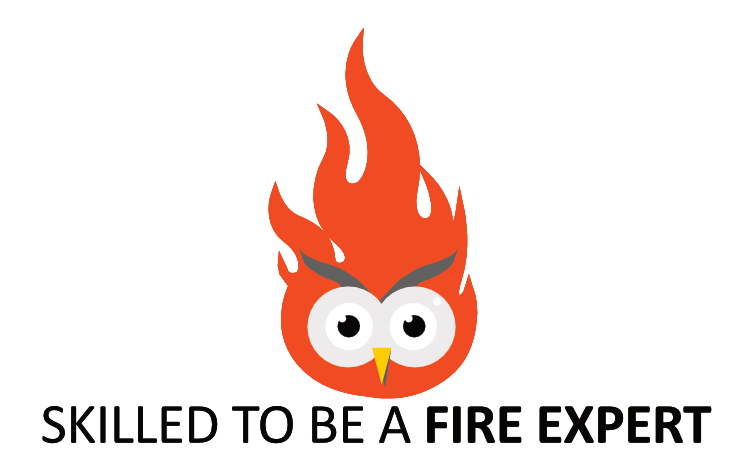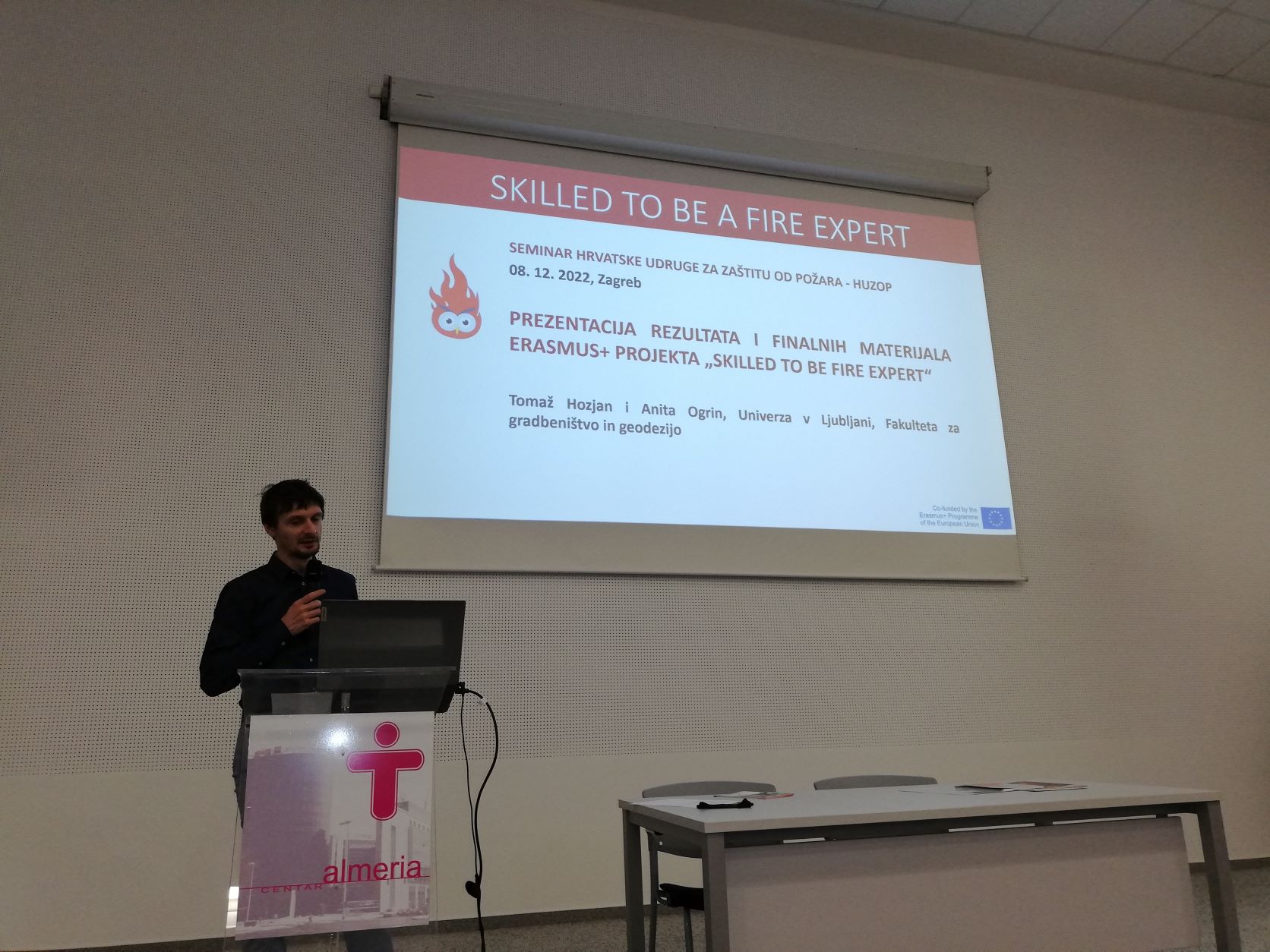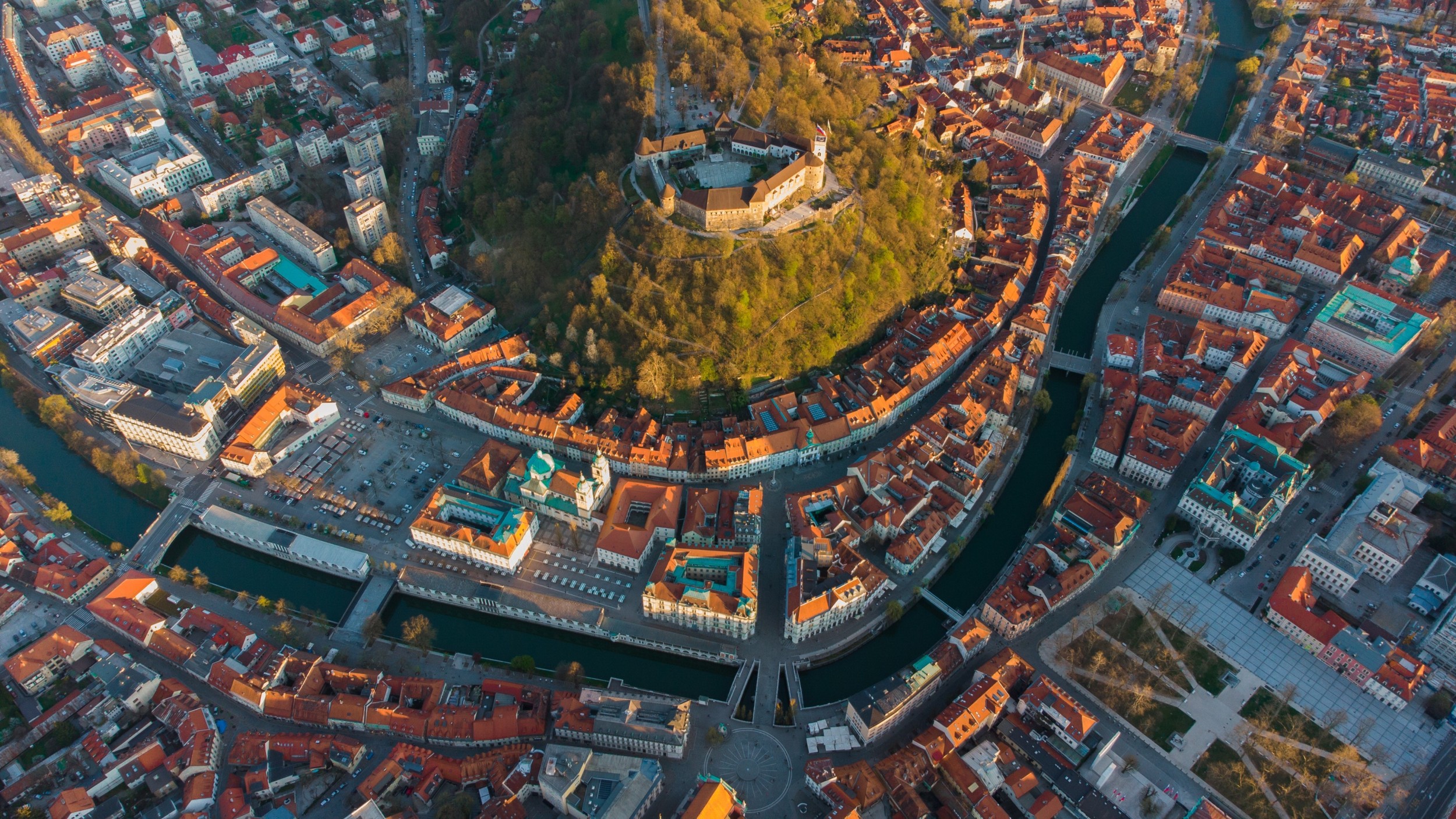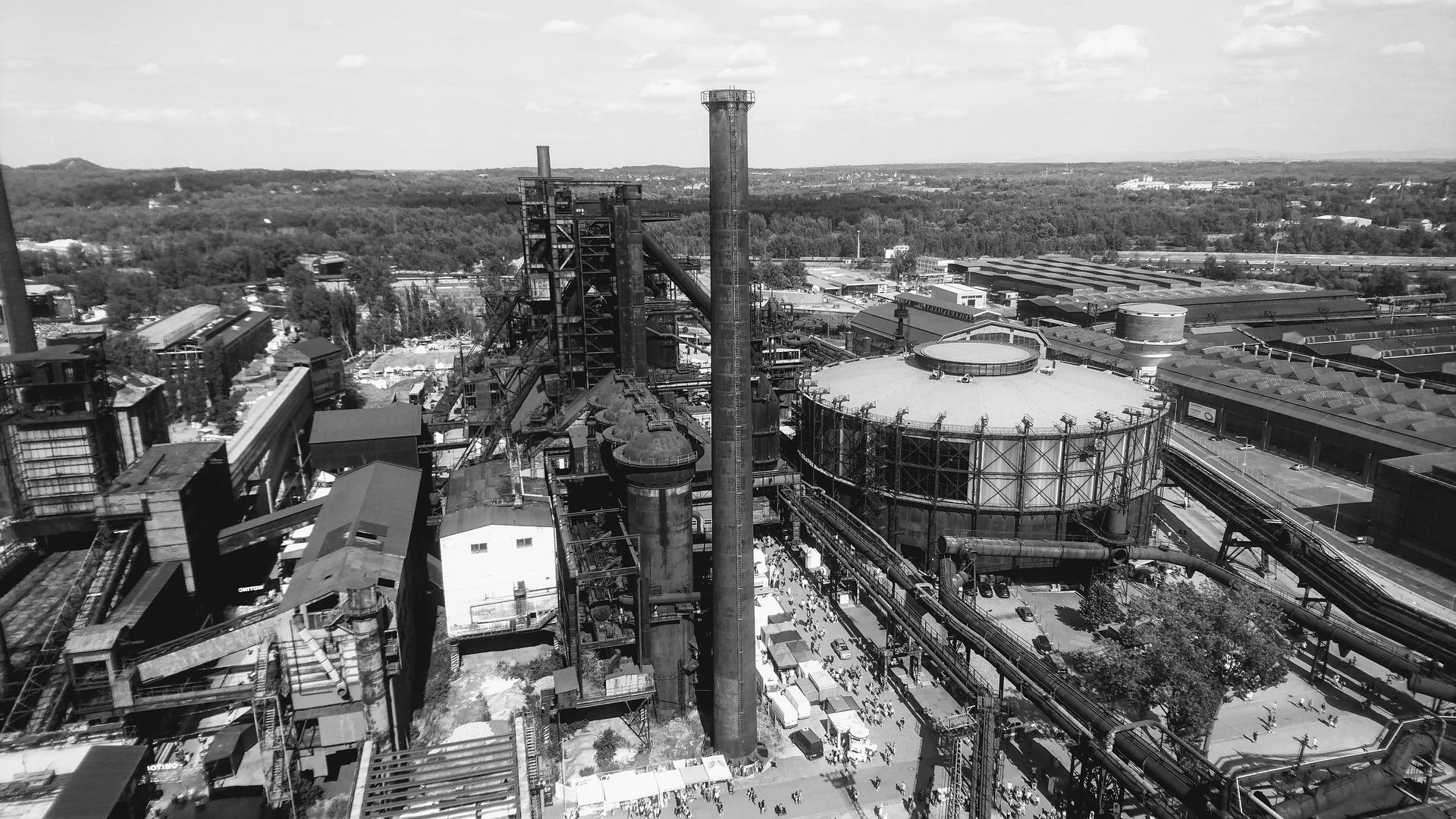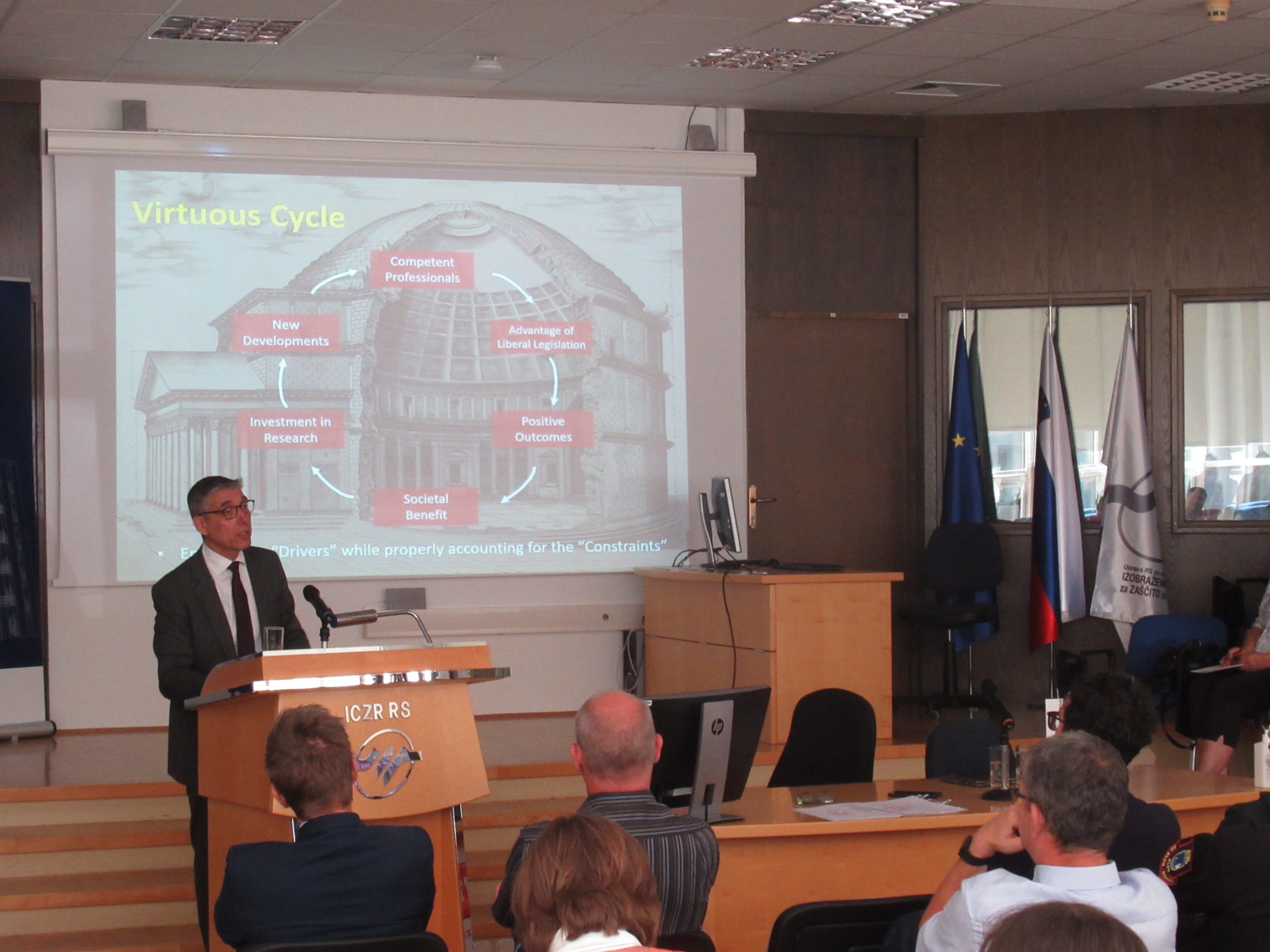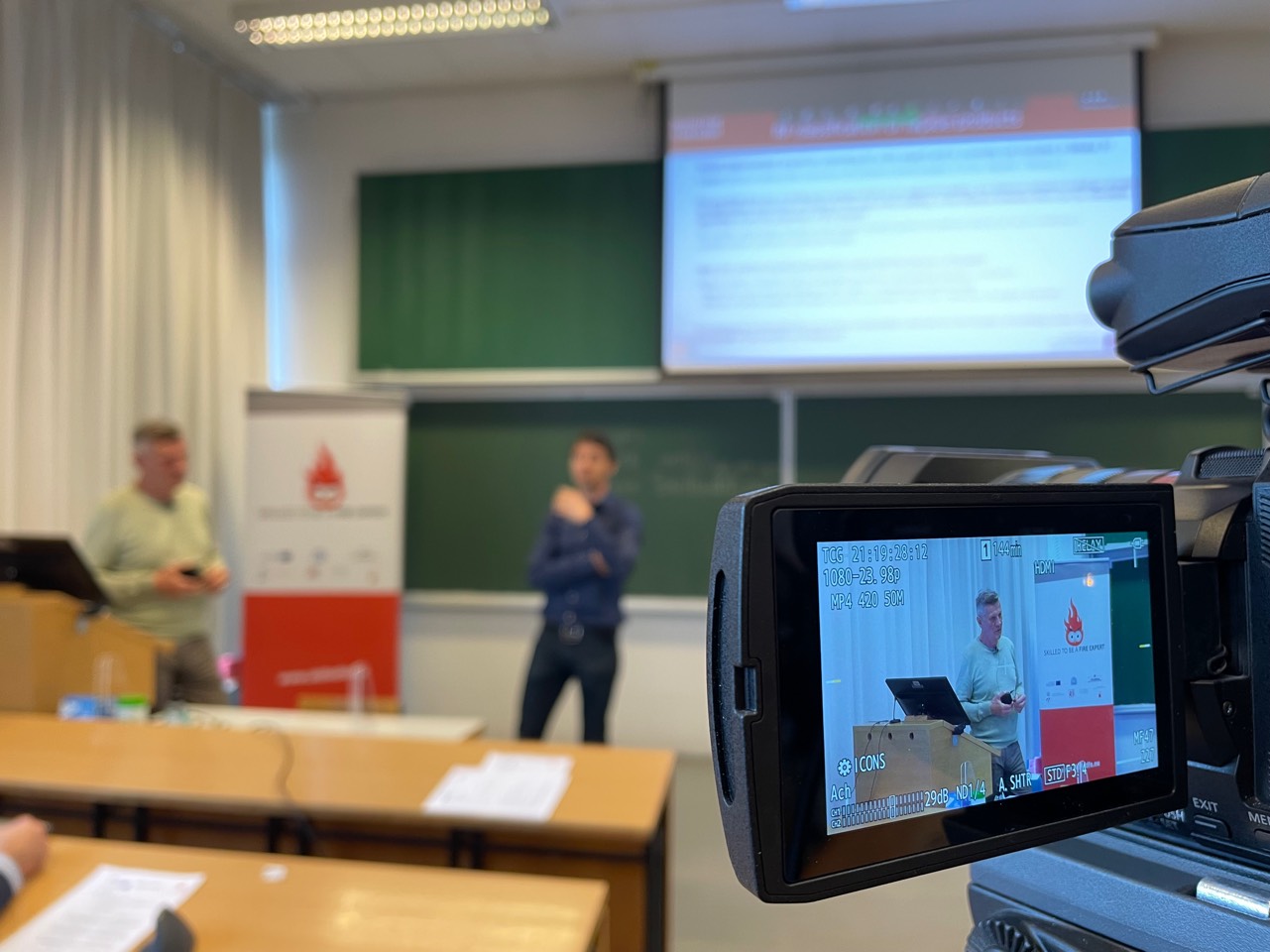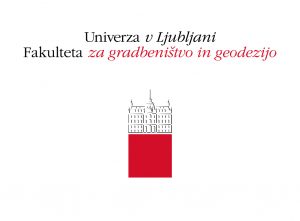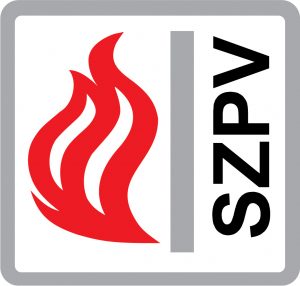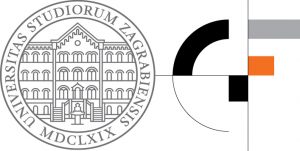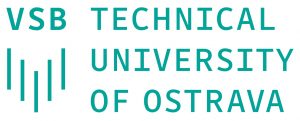
The latest news
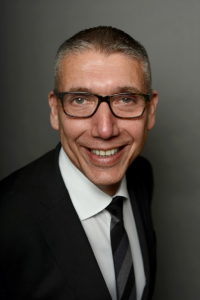
Jose L. Torero
Comments by Jose L. Torero on the Skilled to be a fire expert project, made during an interview for the journal Požar:
“You need to really focus on the idea of how these things (content of different modules) fit together. For a certain evacuation strategy, you need to have a certain strategy for compartmentation and you need to have a certain strategy for detection and alarm. And, basically, how all these bits fit together is what makes the fire safety strategy. You need to have a little bit of knowledge of all the components, so that project makes a lot of sense. You educate people to understand how these components work, but also then you cannot forget to educate them on how they all fit together. And at the end, that’s the key. If you take that extra step, you know, to make sure that they understand how they all fit together, then you will be delivering somebody that can talk to an architect (generalist) and can talk to the specialists.”
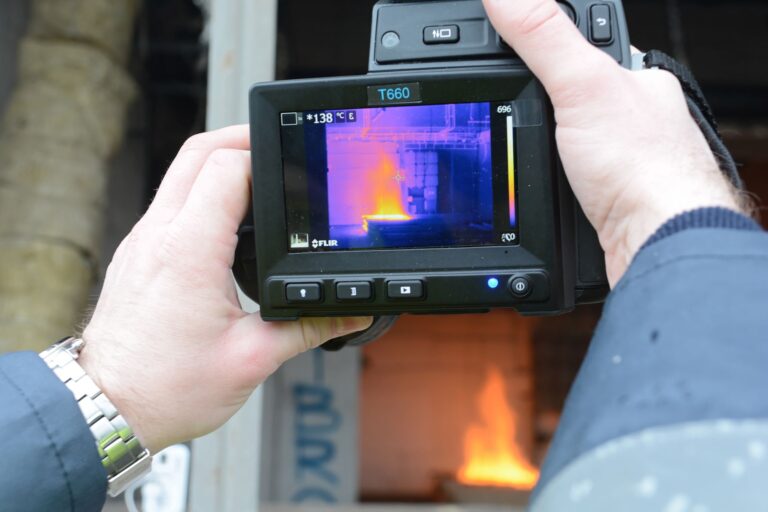
Module 1 – Fire risk assessment
Modern technologies and applications provide possibility to build from new materials, higher and larger buildings with more complex footprint presenting new, various types of hazards and risks to occupants and surrounding area in case of fire. This module is focused on existing and modern methods in fire hazards and risk assessment to evaluate buildings regarding its design, occupancy, maintenance and other aspects.
MODULE 2: Prevention of spreading the fire to adjacent buildings and on facades
Building designers need not know only structural integrity, water resistance, air leakage and thermal performance but also combustibility and flame spread over different types of insulated facades: ETICS on masonry, concrete or timber wall with, ventilated façade, curtain wall, double façade, wooden façade. Even if the facade is made of non-combustible materials, the fire will spread through the windows to the upper floors until the firefighters stop “leap frogging”. Therefore, the possibility of the fire spreading over the façade is always closely linked to the possibility of access by firefighters.
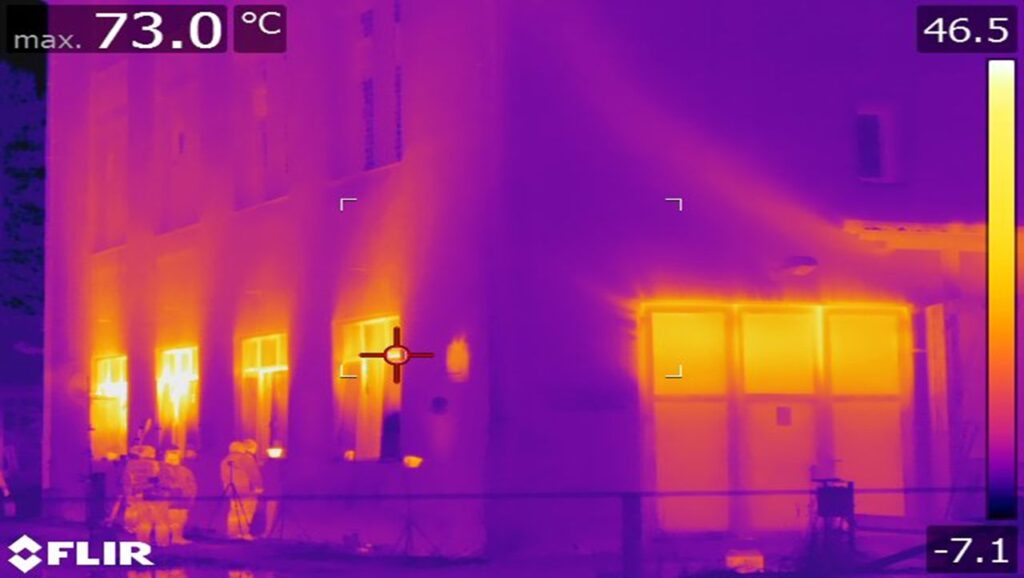

MODULE 3: Fire resistance of structures and prevention of spread of fire inside the building
Design of fire-resistant structures with limited ability of spread of fire inside building requires specific knowledge. Furthermore, knowledge on fire resistance of existing structures and on possible fire spread is essential in ensuring safe evacuation and intervention plans. Module 3 of a project Skilled to be a fire expert aims at providing information on important aspects and parameters in fire design to wide circle of engineers, designers, firefighters, fire safety managers and other fire experts.
MODULE 4: Evacuation
Evacuation in the event of a building fire is absolutely essential for the safety of the people using the building. Therefore, the provision of adequate means of egress is fundamental to the design of new buildings, change of use, or expansion of existing buildings.
Therefore, a performance-based approach to evacuation with safety leads to greater flexibility in design by providing the opportunity to balance overall building goals with fire safety objectives. This module discusses the current state of the art in considerations, concepts, methods, and strategies used to plan for building evacuation in the event of a fire.
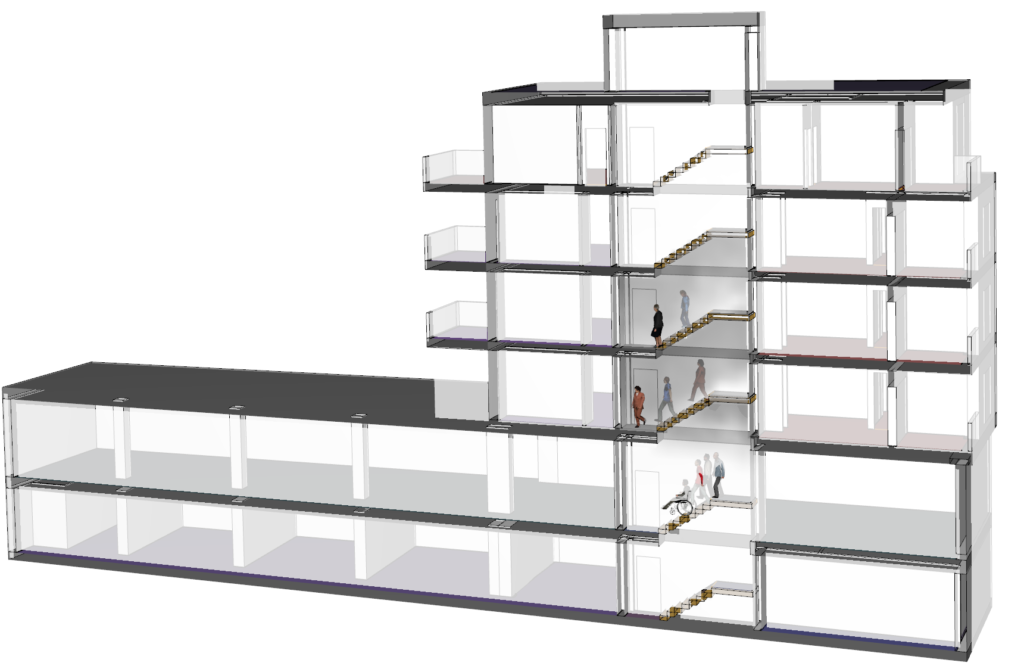
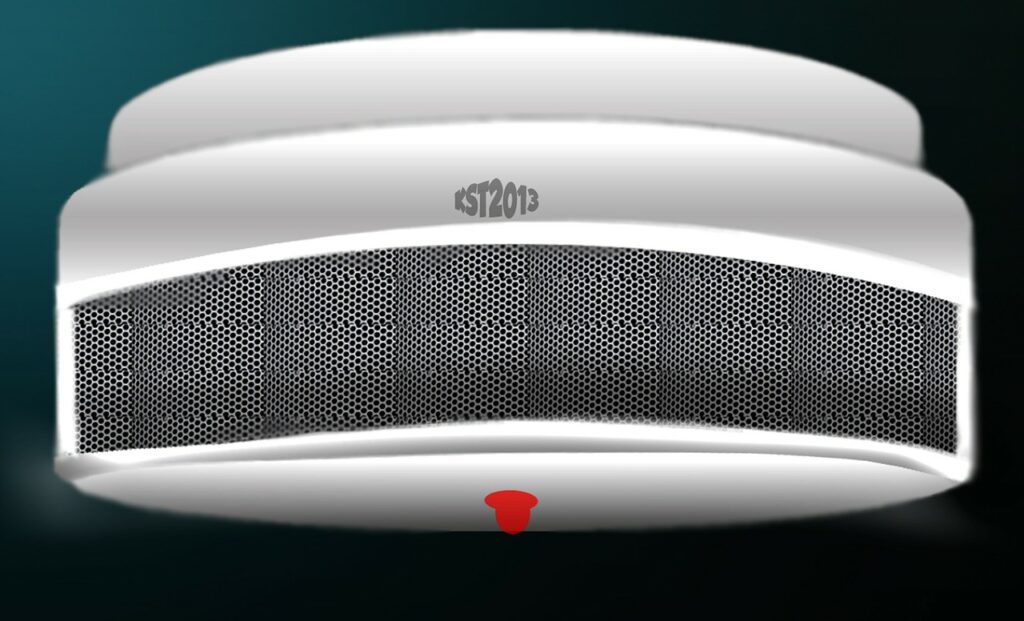
MODULE 5: Fire detection and alarm systems
Higher standard of living and working requires higher safety standard. Correctly designed and installed fire detectors are capable to discover fire in its early stage and provide possibilities for fast alarm, evacuation and fire intervention. Fire alarm system can provide exact location of a fire on time when designed and working well. New technologies can rapidly help to safe live and property and smart design can even save money.
MODULE 6: Smoke control
Module 6 “Smoke Control”, among other things, deals with two building fires with major consequences due to a lack or failure of a smoke control system, all to point to the drastic consequences that can occur if smoke control is neglected when designing a building. Until recently, fire safety design in buildings was done using prescriptive approach that is based on solutions that have proven to be good in the past.
Due to the growing diversity of modern architectural solutions nowadays, there is a more and more need to use numerical models that provide the ability to test a number of conceptual solutions, in order to find the optimal. Module 6 „Smoke Control” is based mostly on Computational Fluid Dynamics (CFD) computer models and the latest developments in this field.
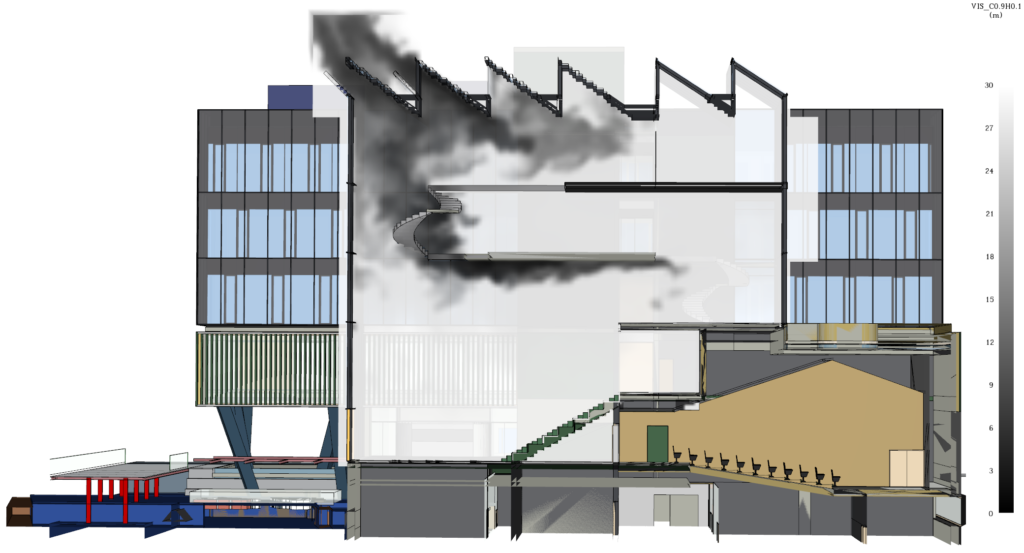
Source: BIRO space society l.t.d.
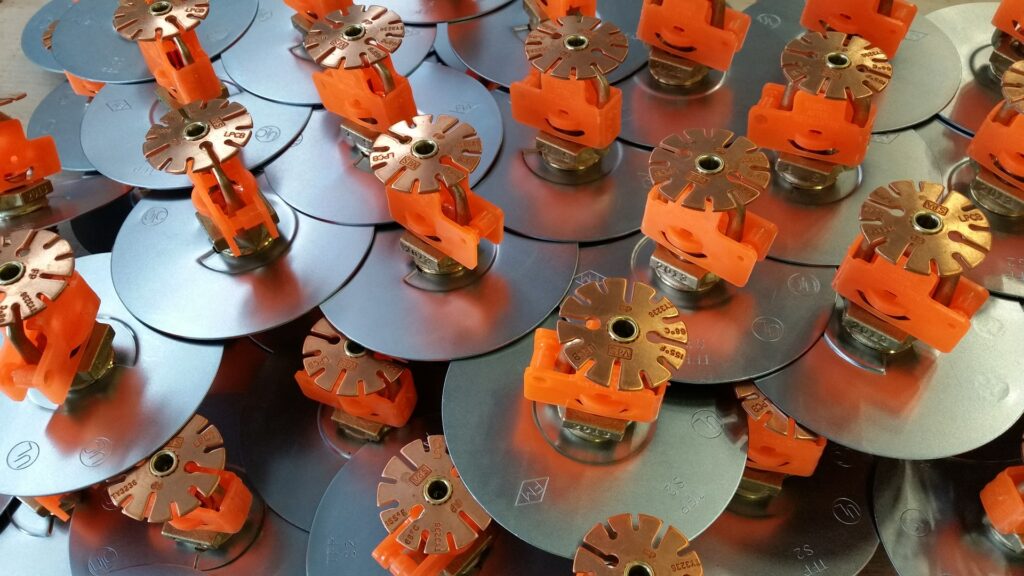
MODULE 7: Automatic fire extinguishing systems
When a fire is discovered by smoke or other detector, correctly designed and installed automatic extinguishing systems are capable to start supress fire very fast and effectively. Sooner the fire intervention starts, higher probability to safe high values. What detector use for which applications? Where water can be found? What standards need to be followed and what new technologies can be applied?
MODULE 8: Firefighting measures
Fire and rescue service is called in various types of alarms, whenever and wherever. Activities and decisions of firefighters rely on drilled and safe procedures. Buildings where they go, routes where they drive or hydrants where they take water should be adapted for them. For the situations where a fire has threaten people or property. What and how should be done in the transforming society to let them in when you need them?
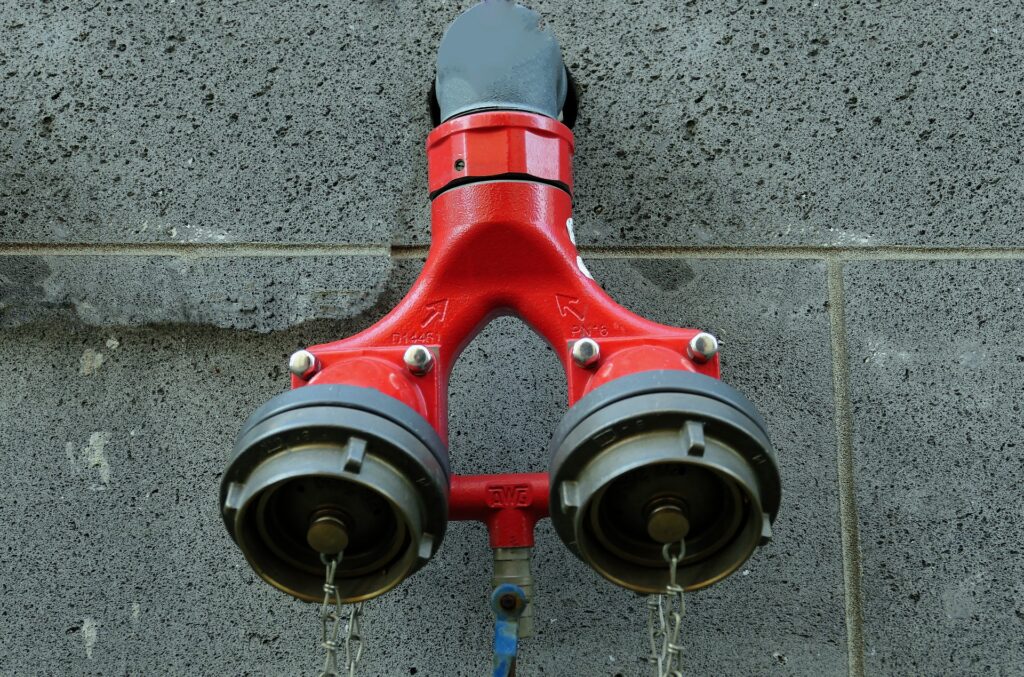
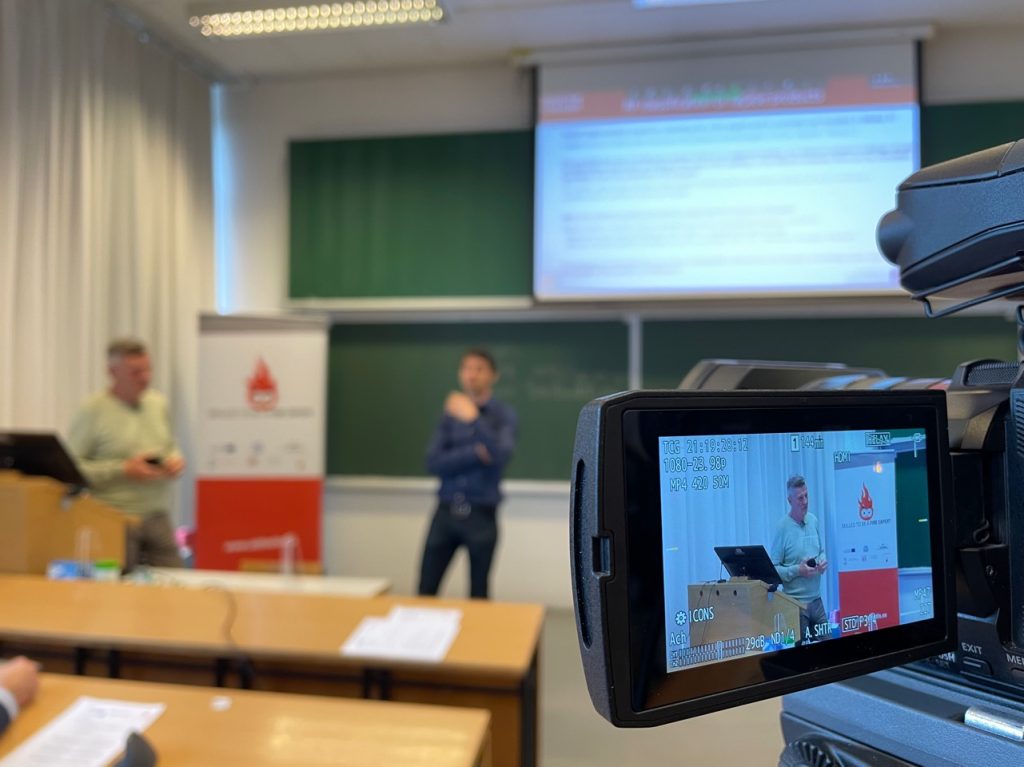
EDUCATION OF FIRE SPECIALISTS
The core of the project Skilled to be a Fire Expert is to collect up-to-date knowledge, to digest the information on different levels and give a useful output to one or, preferably, to all above listed interested parties. Proper exchange of information enables everyone to learn from others and give one owns contribution to valuable intellectual output on specific fire safety topic. The goal of the process is overall improvement, not pointing out the mistakes, done by others or justifying wrong doings. A positive approach and consideration of colleagues’ knowledge is the key to good communication, knowledge transfer and professional advancement.
